Spring is the perfect time to rediscover the joys of getting out and taking pictures of the great outdoors as it comes to life, and to brush up on skills. In the first of our three-part guide to improving your photography, we’re focusing on how to take fantastic shots of the landscape.
Translating an epic view into a great photograph can be tricky, but we’ve gathered insider tips from one of the winners of 2014’s Landscape Photographer of the Year competition. Over the next few pages, professional snapper James Osmond (left) shares the story of his award-winning photo of moody skies in the Brecon Beacons (above) and reveals his secrets for instantly improving any landscape image, whether you’re using an SLR or just your iPhone.
Deconstructing a winning landscape image: Cloud Clearing Cribyn, Brecon Beacons National Park
Winner of the Sunday Times Magazine Choice award in 2014’s Landscape Photographer of the Year
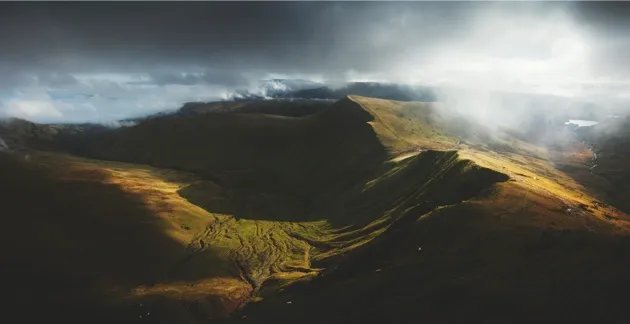
“This is perhaps the best photograph I’ve ever taken. This shot from the summit of Pen y Fan is one I find myself looking at with pride, mainly because it very nearly didn’t happen. After a long early-morning climb, I was 10 minutes from the top when low cloud rolled over the summit and replaced the view with a blank wall of white. After a two-hour wait I was about to give up when the cloud finally broke and briefly revealed this scene.
I love the shape of the ridge in the shot – it leads the eye to the main feature, that of the distinctive pyramidal summit of Cribyn. This being late October, the sun is low in the sky and fairly far south, lighting the southern side of the ridge and leaving the northern face in shadow. The resulting contrast emphasises the shape of the landscape. The shadow in the foreground cast by lingering cloud plays an essential part in framing the central features of the scene, and the ribbon of water and the little tarn to the right add extra points of interest.
A moment after I pressed the shutter, the cloud had burned off and the moody sky was replaced by a bright blue one, transforming the view.”
8 STEPS TO GREAT LANDSCAPE PHOTOGRAPHY
1. Pick a simple composition
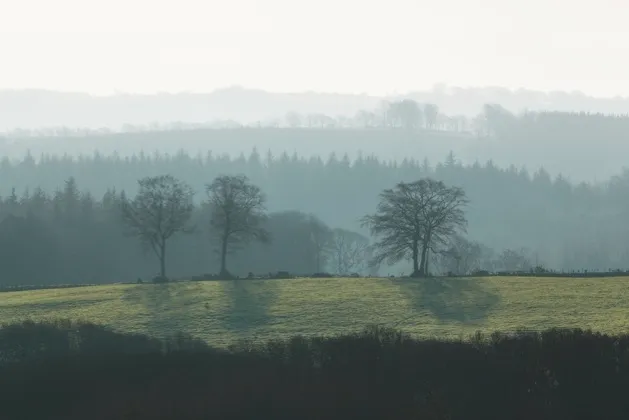
“When it comes to composition, I always suggest just keeping things simple. Concentrate on the main feature in the landscape and exclude any distractions. When I took this photograph over the Quantock Hills in Somerset, I kept the sun out of shot and isolated this trio of trees against the receding lines of hazy distant hills for a restful final composition.”
2. Look for directional light
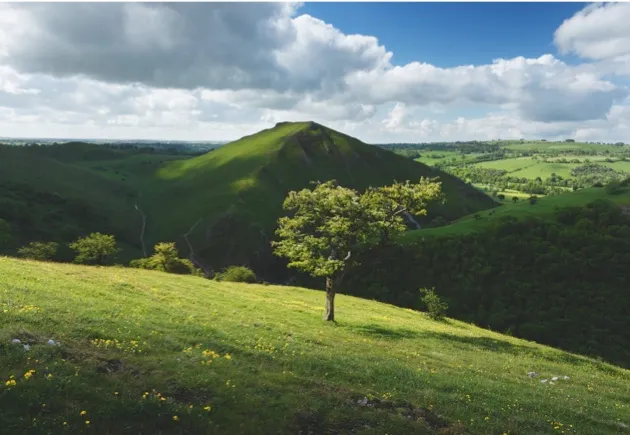
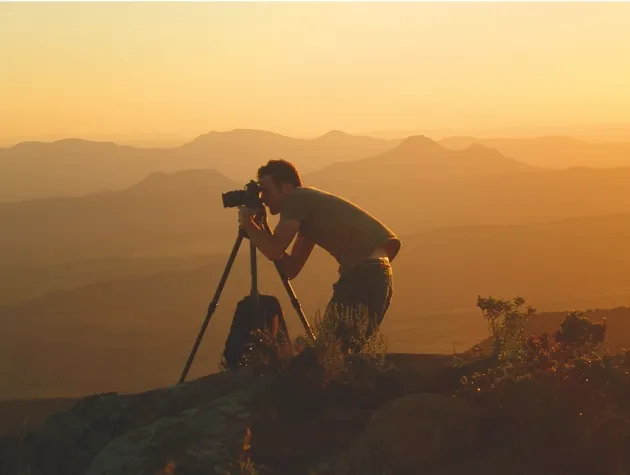
“It may be cumbersome to carry around with you but I definitely recommend taking a tripod with you. It opens up so many creative options, mainly by allowing you to fine-tune your composition and wait for the perfect light.”
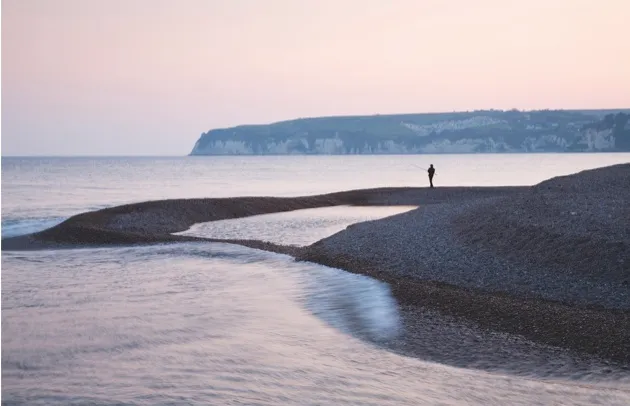
“Landscape is a relatively static subject and, in certain conditions, a scene can look the same from one moment to the next. Aim to shake up your shots by including dynamic elements such as stormy seas, people or changeable weather.”
5. Embrace unusual weather
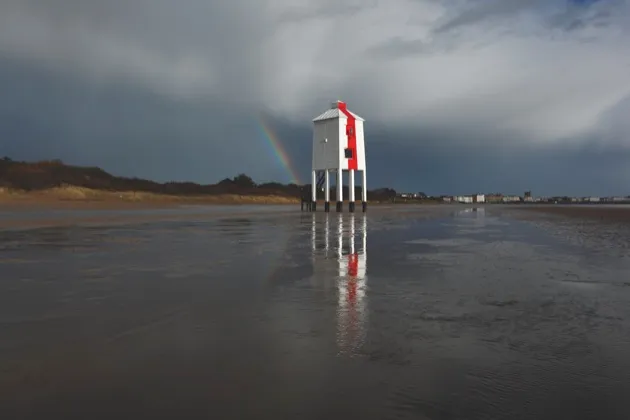
“Even the most mundane scene can be transformed by unusual weather conditions, so keep an eye on the weather forecast and look out for things like snow, frost, fog, cloud inversions or thunderstorms.”
6. Revisit locations
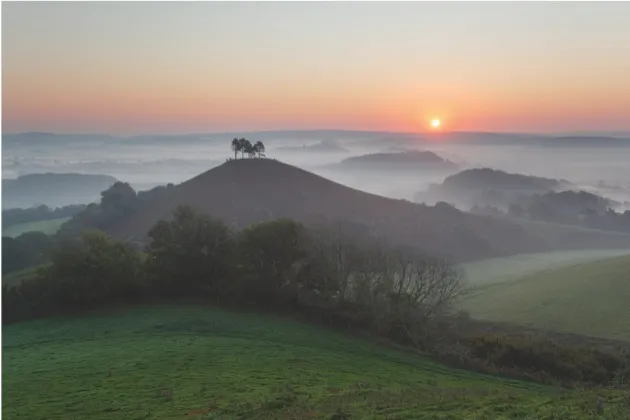
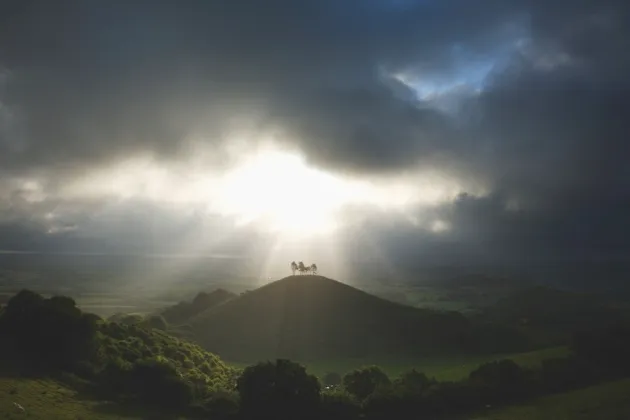
“If you have captured a good shot of a certain landscape, you may think there’s no need to go back. But landscape photography is as much about light as it is about landscape, and light is always changing. The more familiar you are with a location, the more you can get out of it, so return to favourite spots to see what else you can capture."
7. Experiment with different shutter speeds
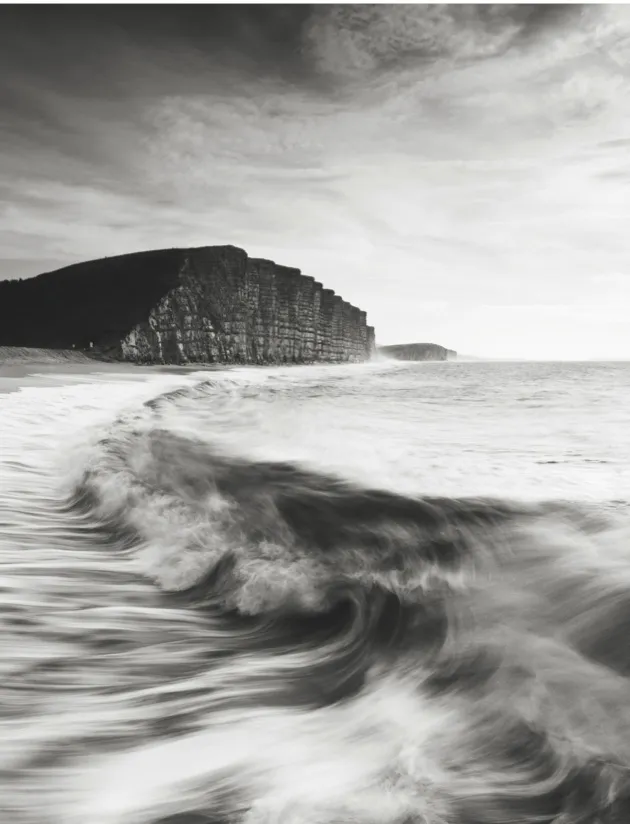
“Another advantage in using a tripod is that you are no longer constrained by the need to use fast shutter speeds. When photographing moving elements in the landscape, such as breaking waves or flowing rivers, try using a slower shutter speed to record some of the movement.”
8. Break some rules
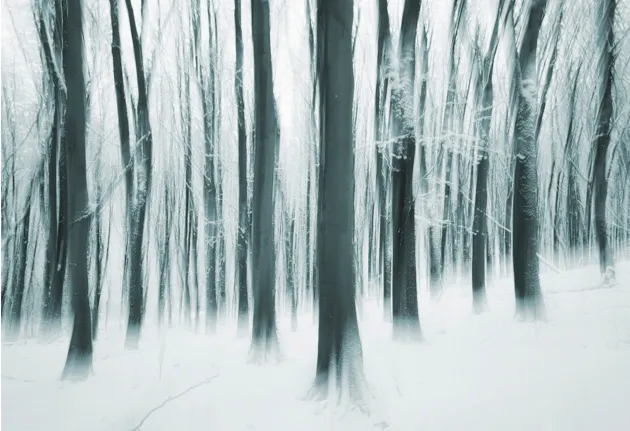
"Be brave and experiment. It costs virtually nothing to shoot a frame on a digital camera so why not try an unusual composition, taking a picture directly into the sun or moving the camera during a long exposure? You might come back with a beautiful abstract image.”
TEN QUICK TWEAKS FOR INSTANTLY BETTER LANDSCAPE PHOTOGRAPHS
1. Wear the right clothes
Make sure you’re comfortable and waterproof. If you’re cold and wet, you’ll end up going home early and might miss a wonderful shot.
2. Pack a snack
The same reasoning applies here – don’t miss out on that shot due to hunger pangs.
3. Pouring with rain?
Head for the woods, as they’ll look wonderful in wet weather. Don’t forget your umbrella!
4. Try experimenting with a long lens
Landscape doesn’t have to be all about wide-angle views.
5. Overcast? Flat light?
Try shooting in black and white.
6. Look up and down
There’s more to views than just side to side. There might be a great angle at your feet.
7. Use people or buildings
These help add scale to an epic scene.
8. Notice the shadows
They can make or break your composition.
9. Get up for sunrise
All landscape photographers say this, but it really is the most magical light to shoot in.
10. Keep shooting!
It’s free and the perfect shot might be the frame you’re about to take.
To see more of James’s photographs, visit www.jamesosmond.co.uk
